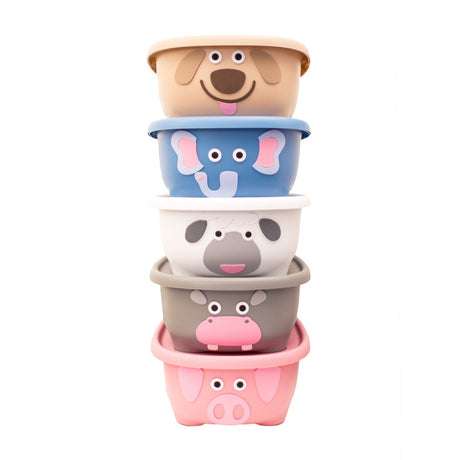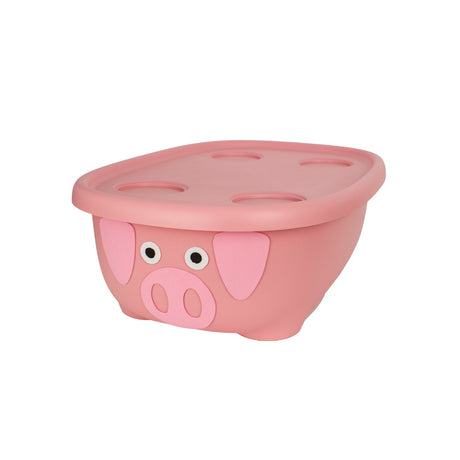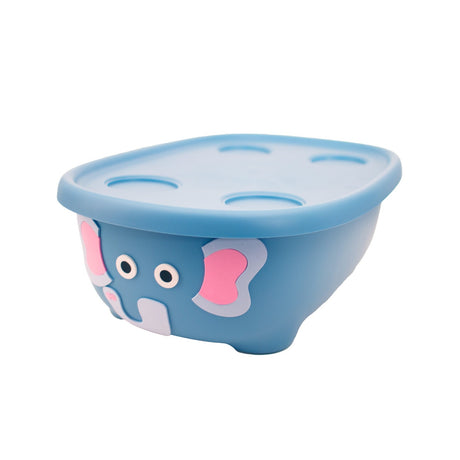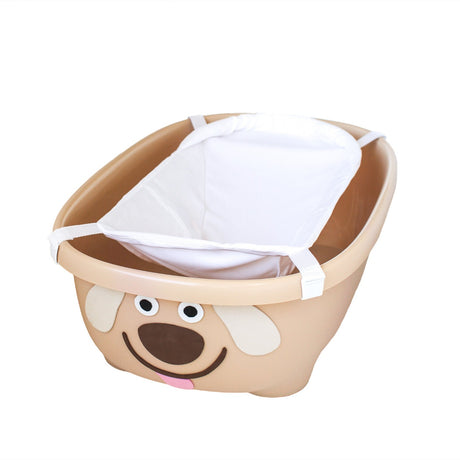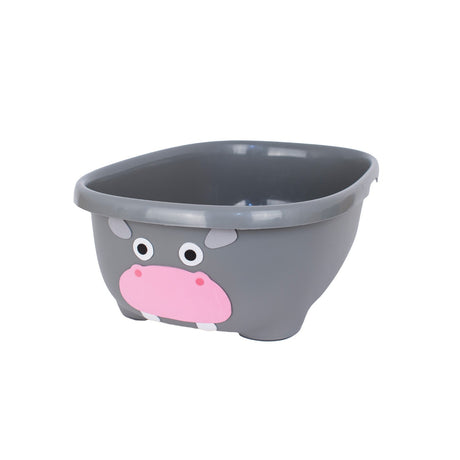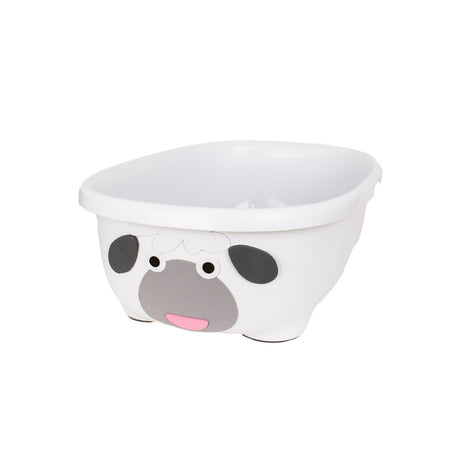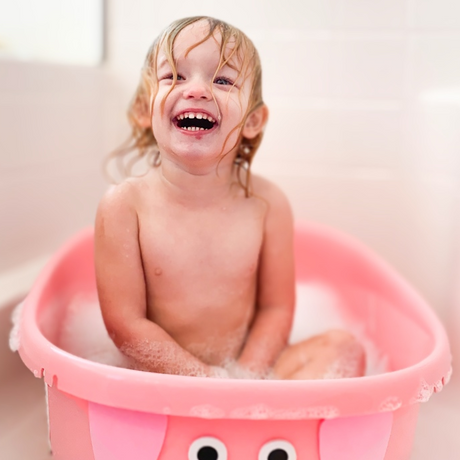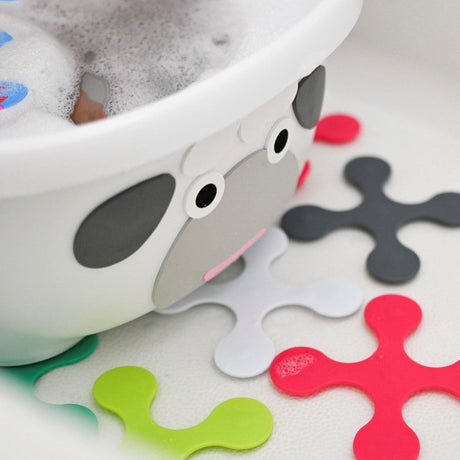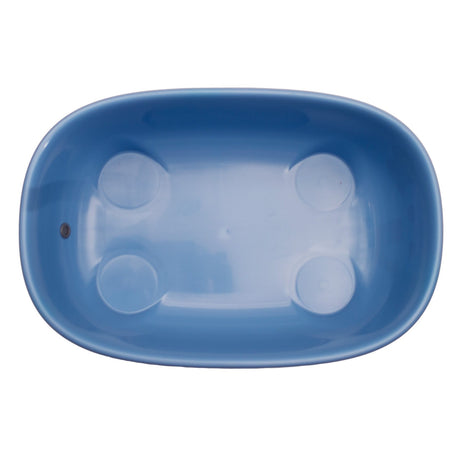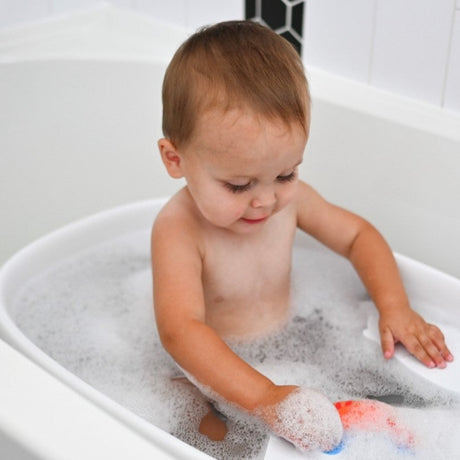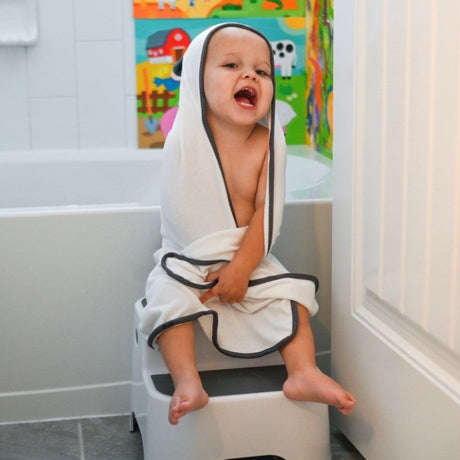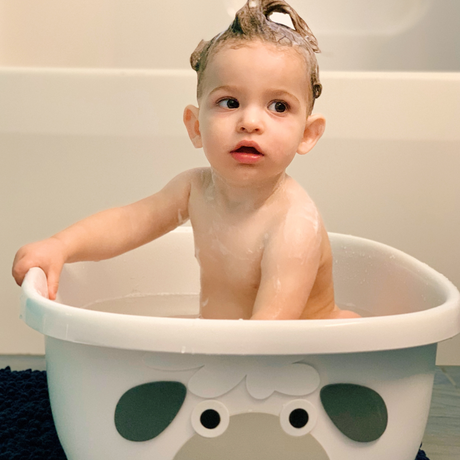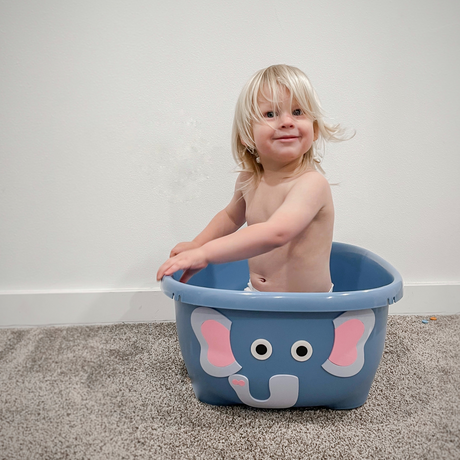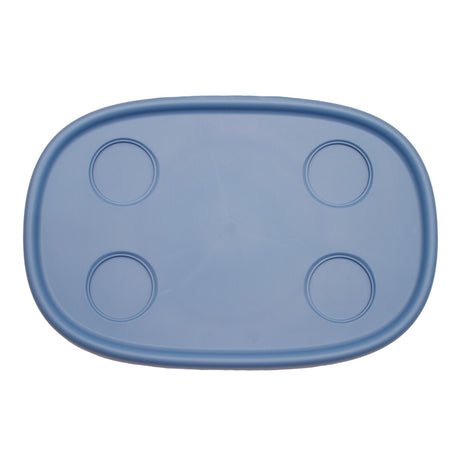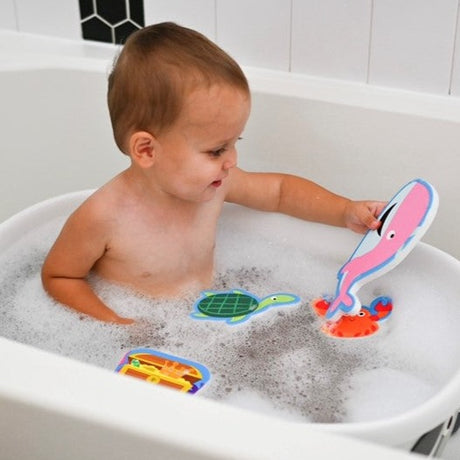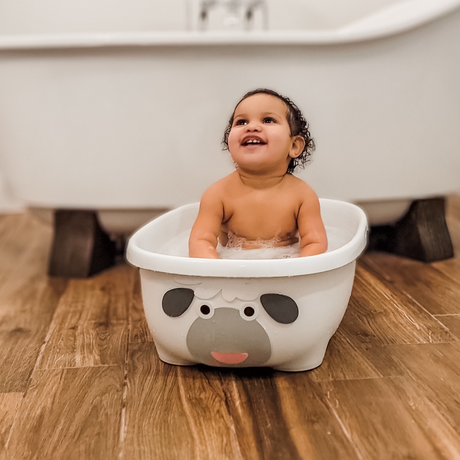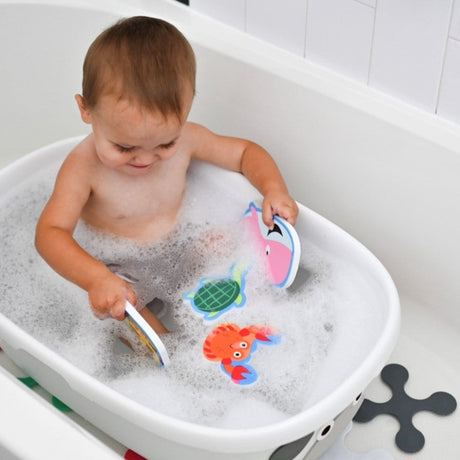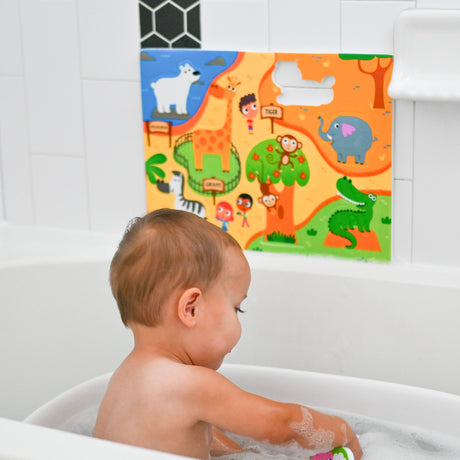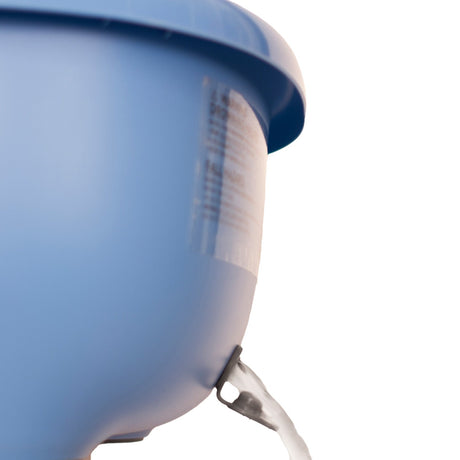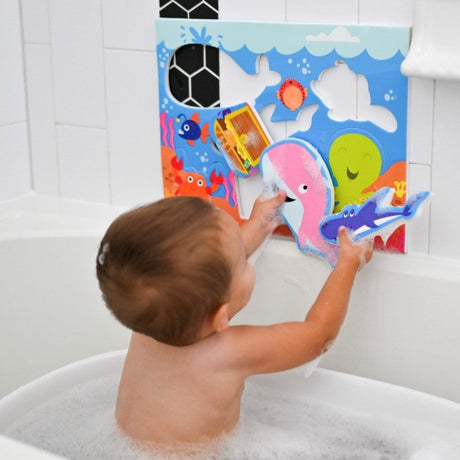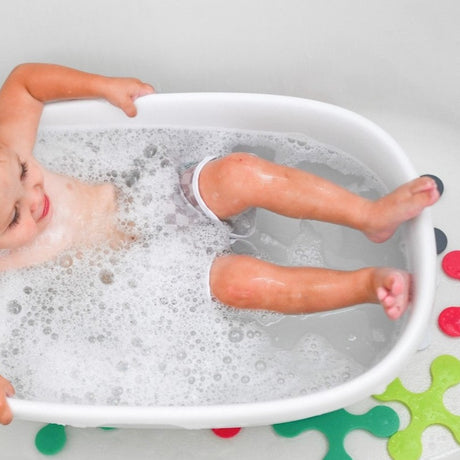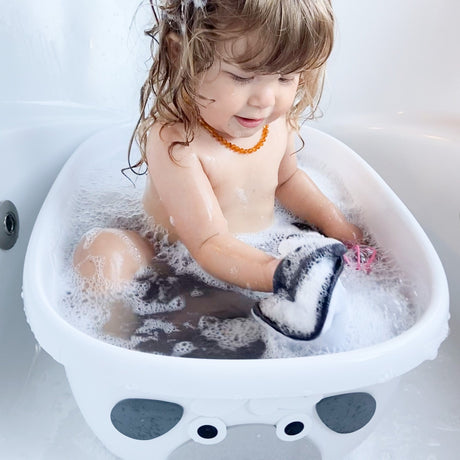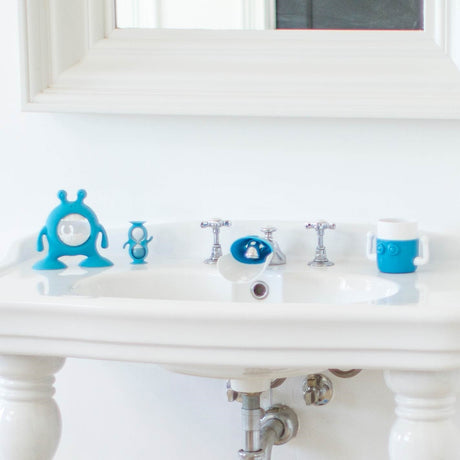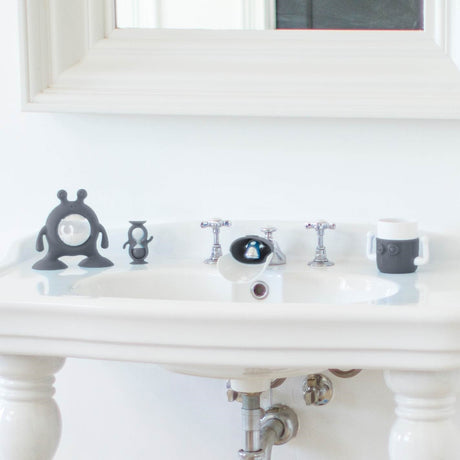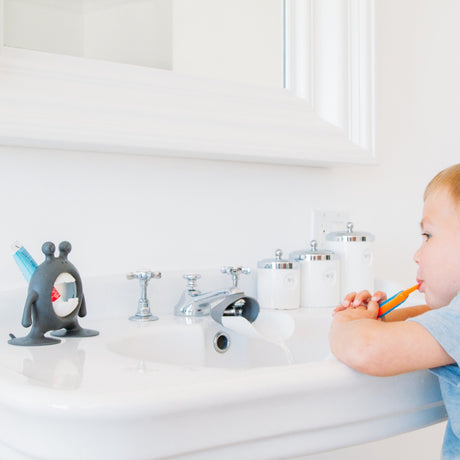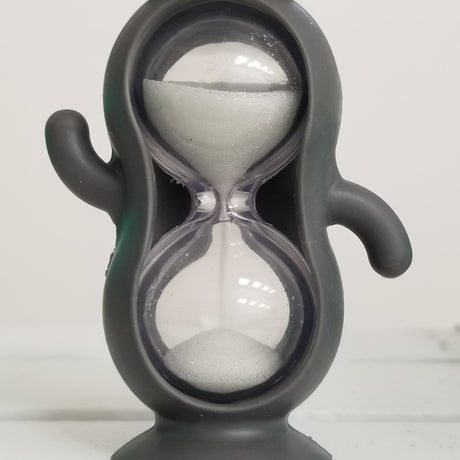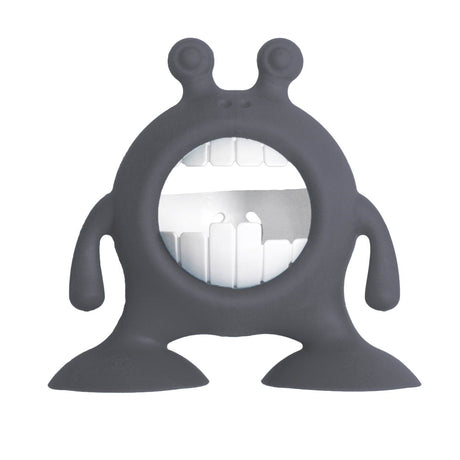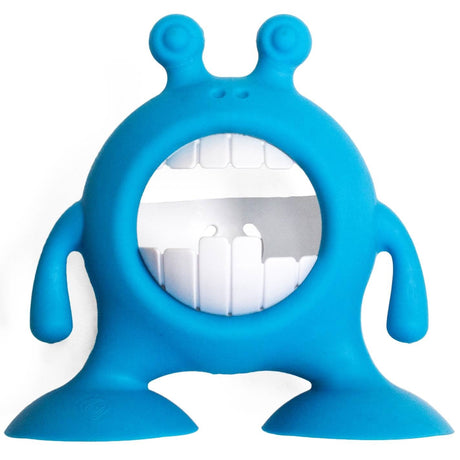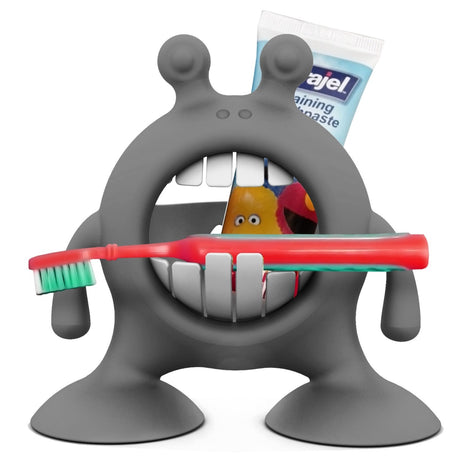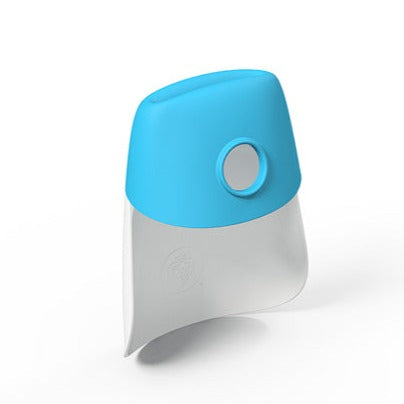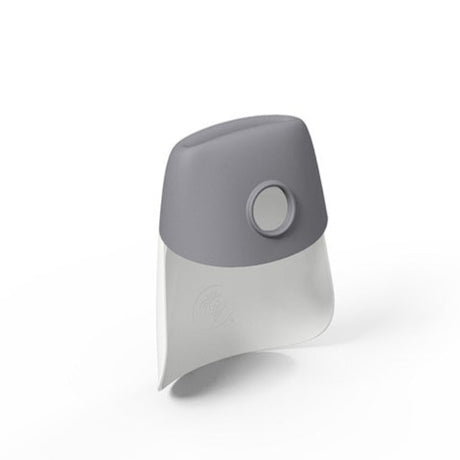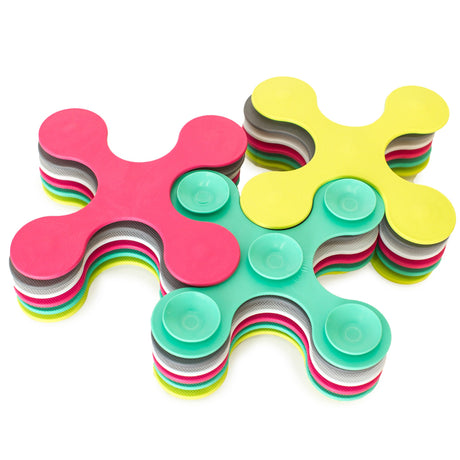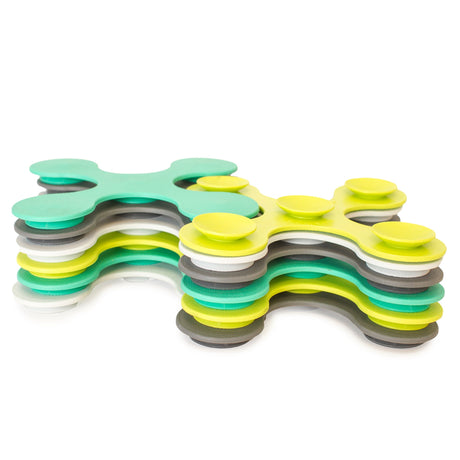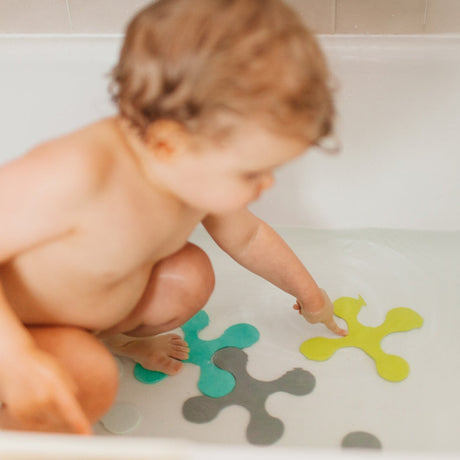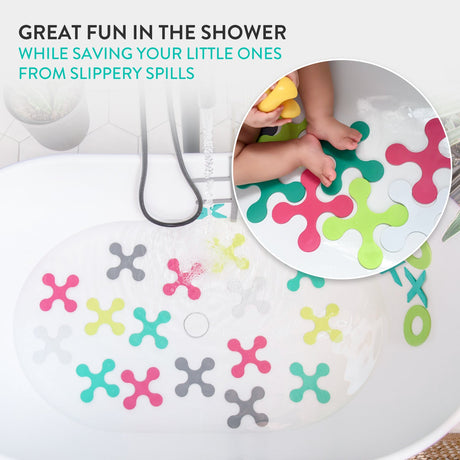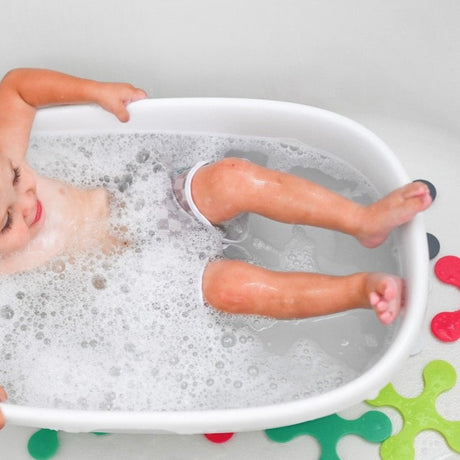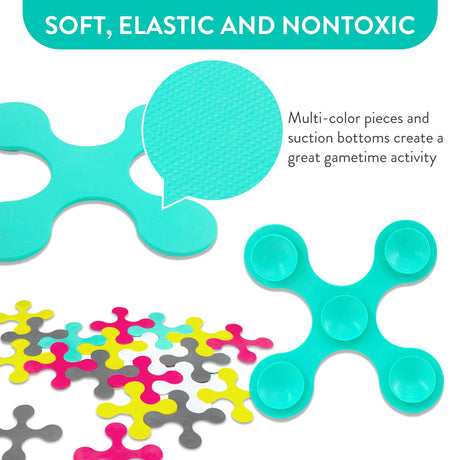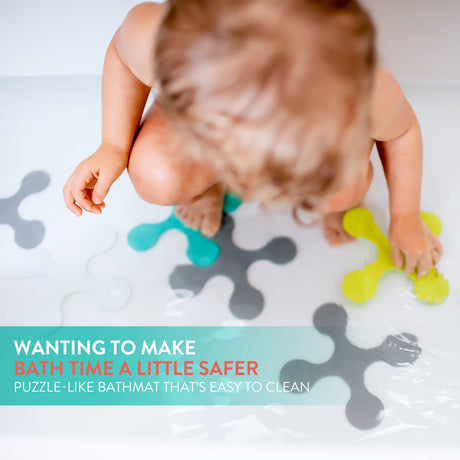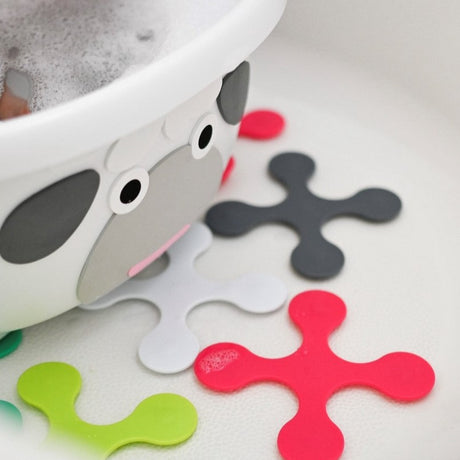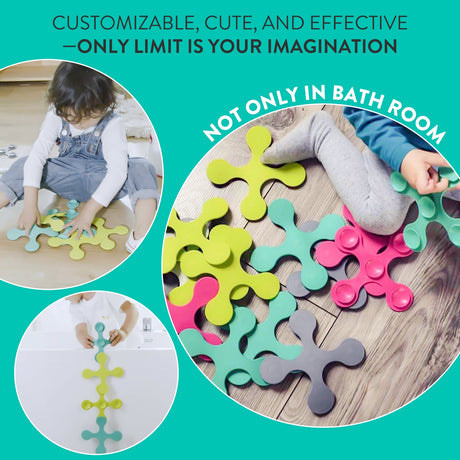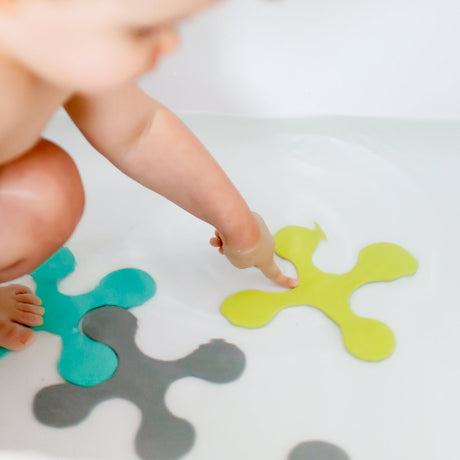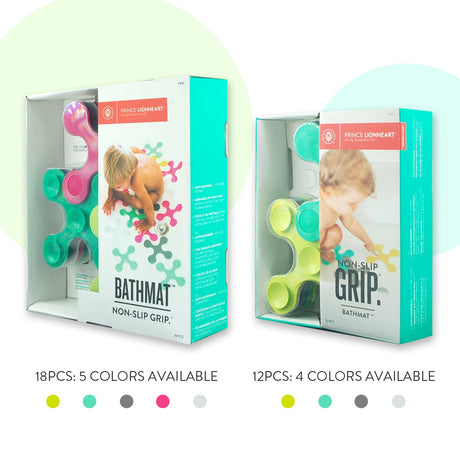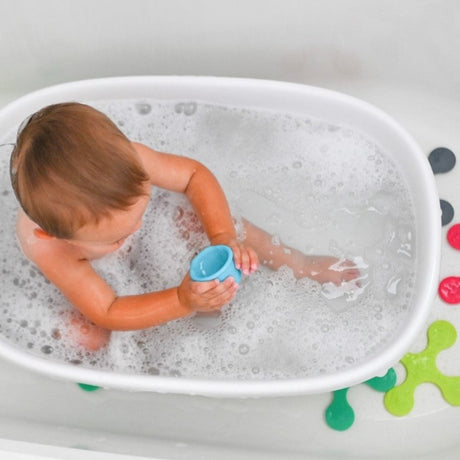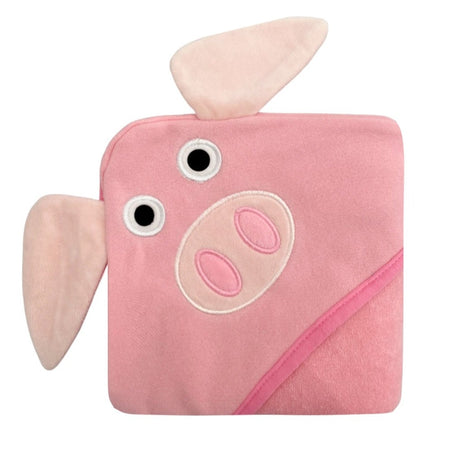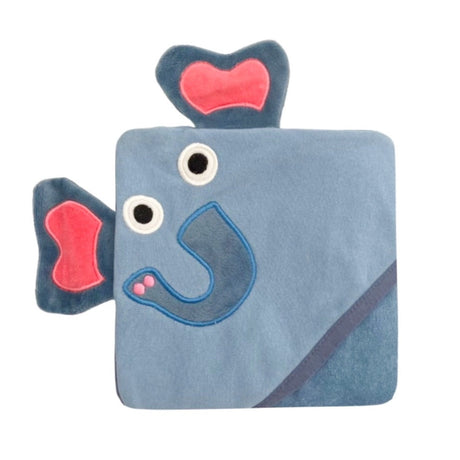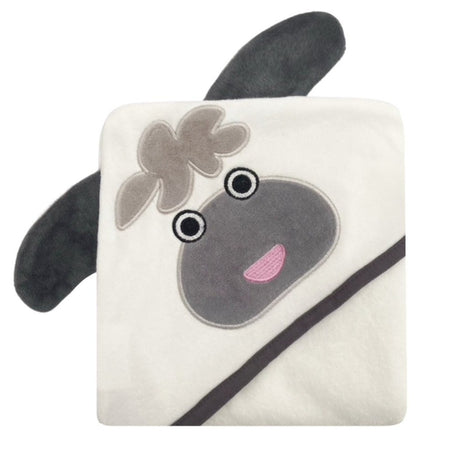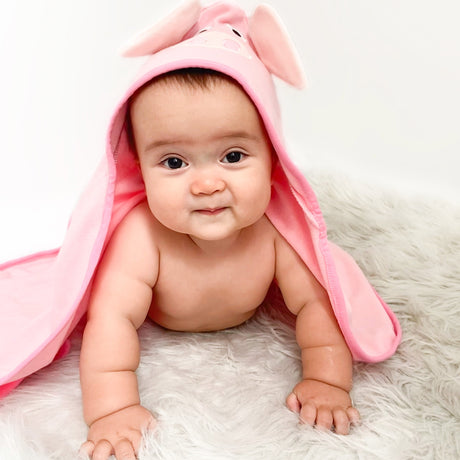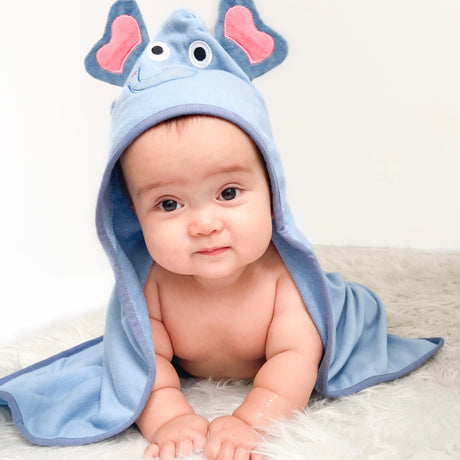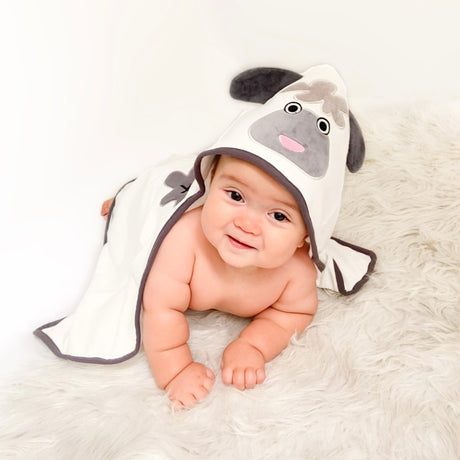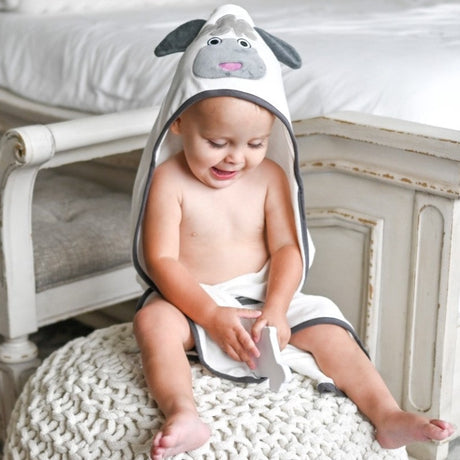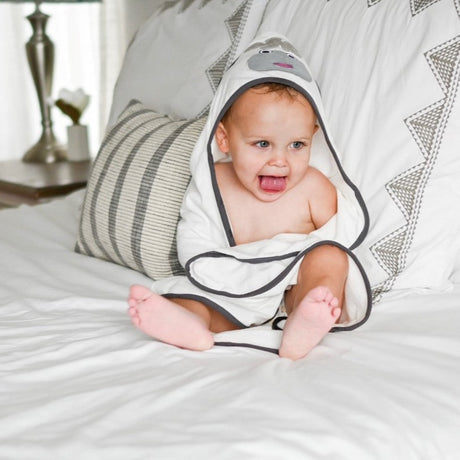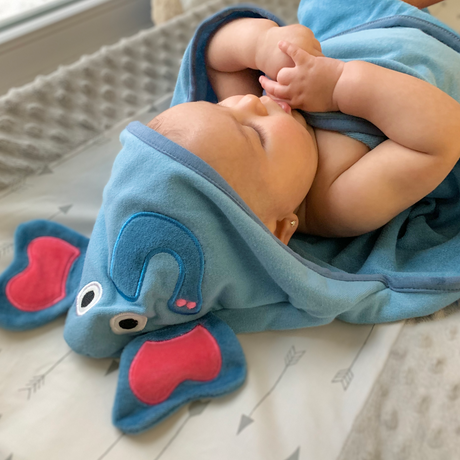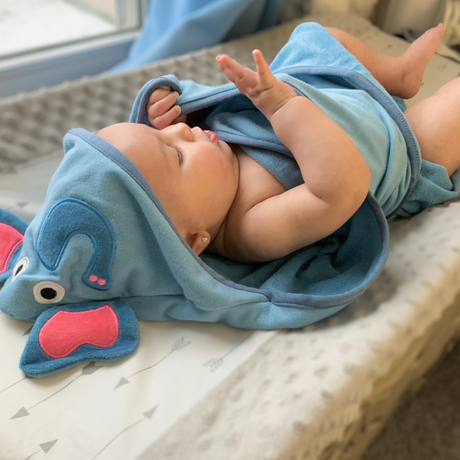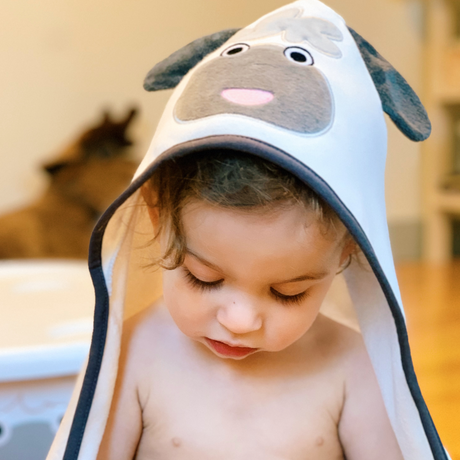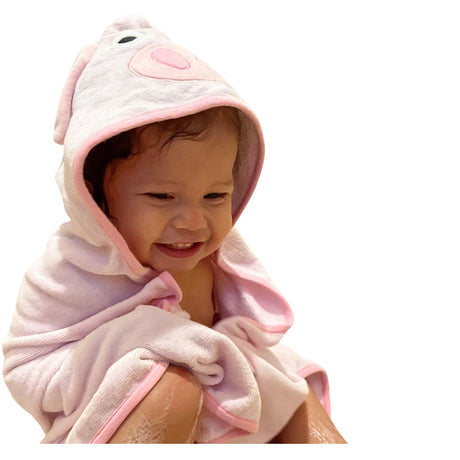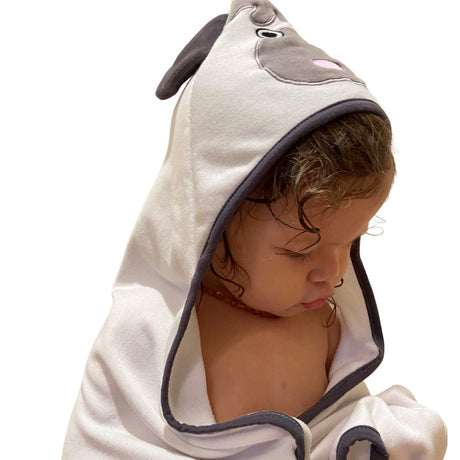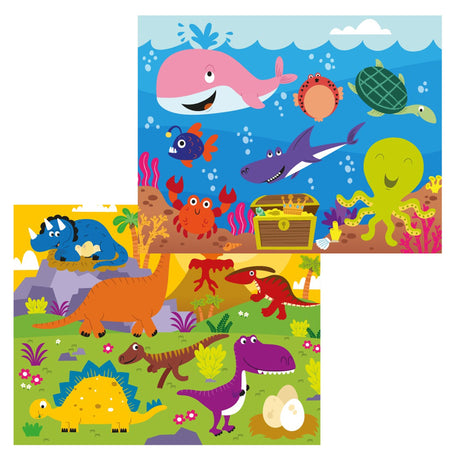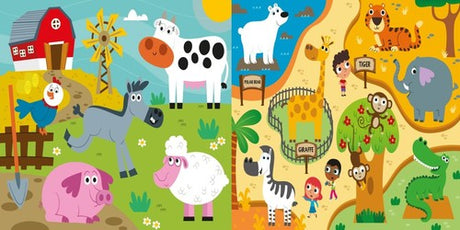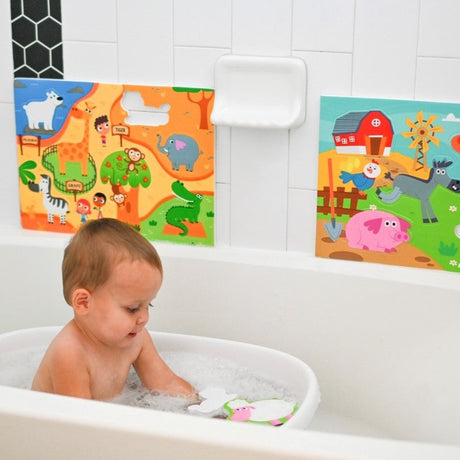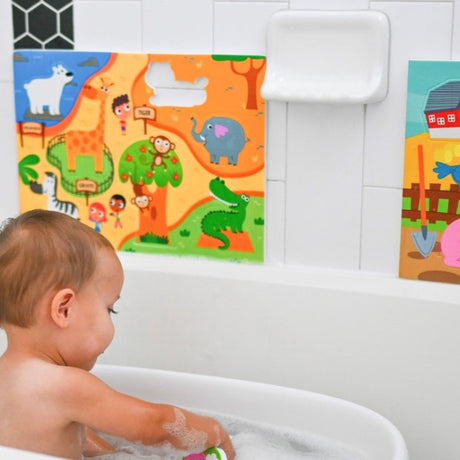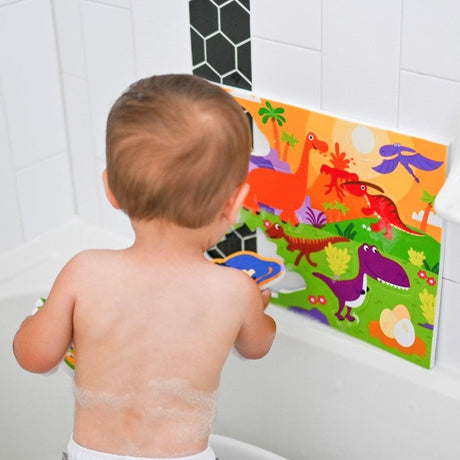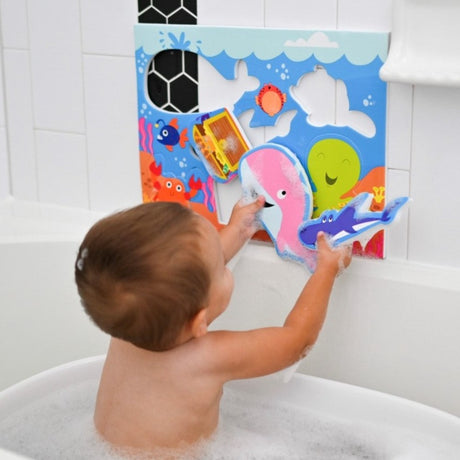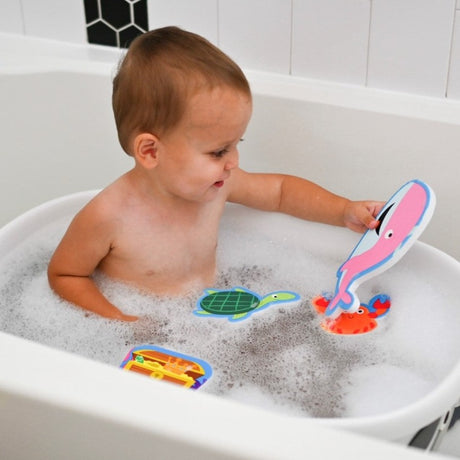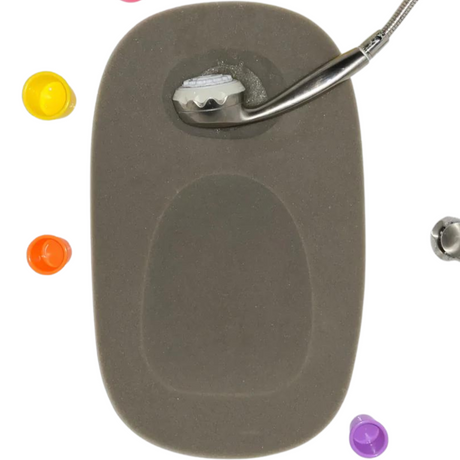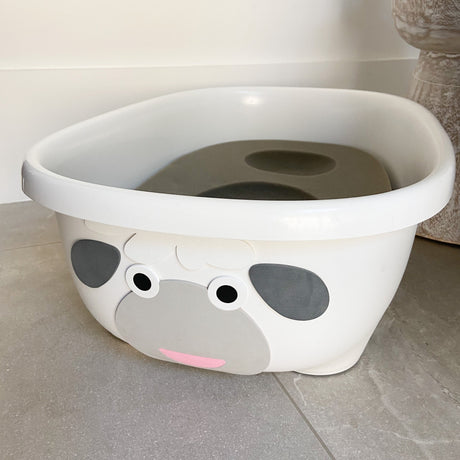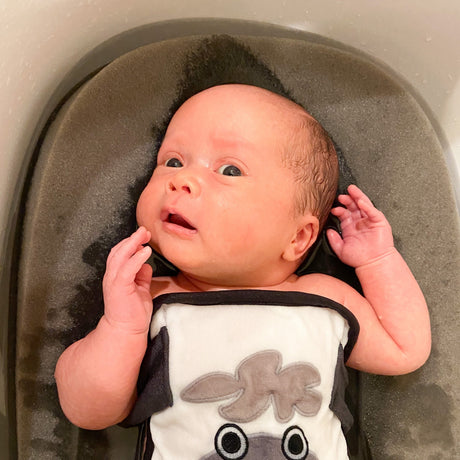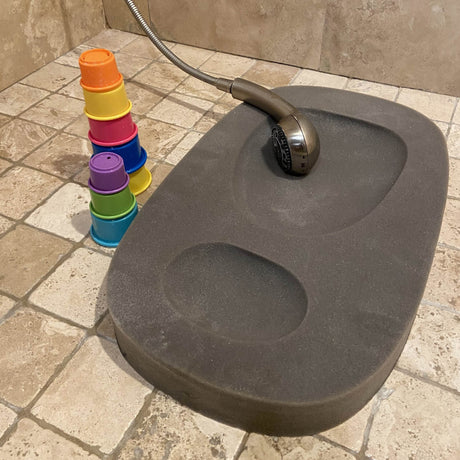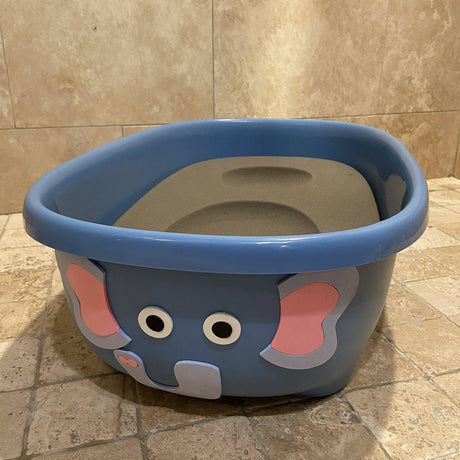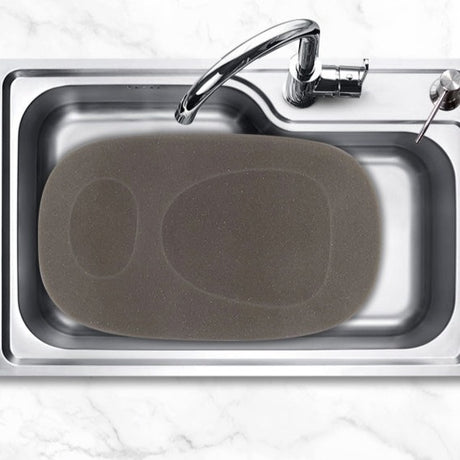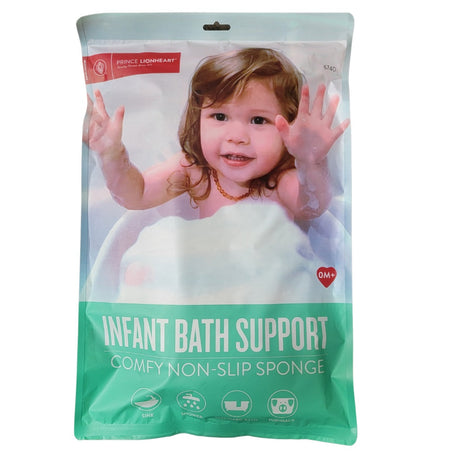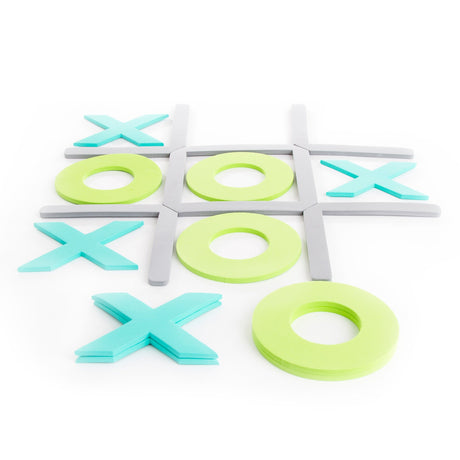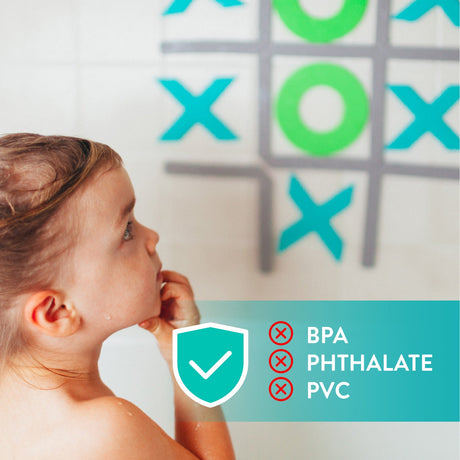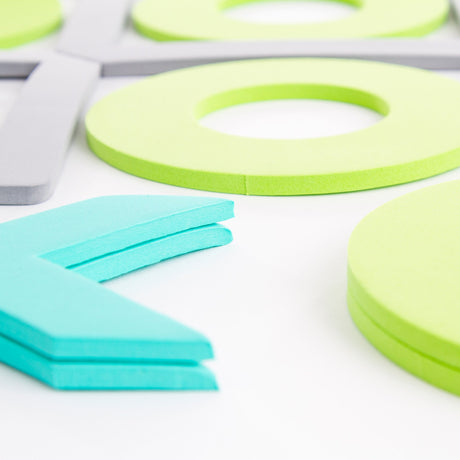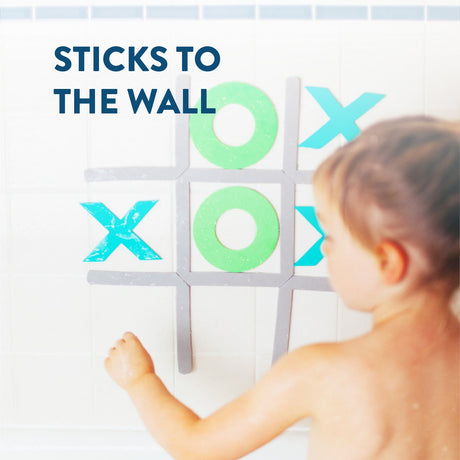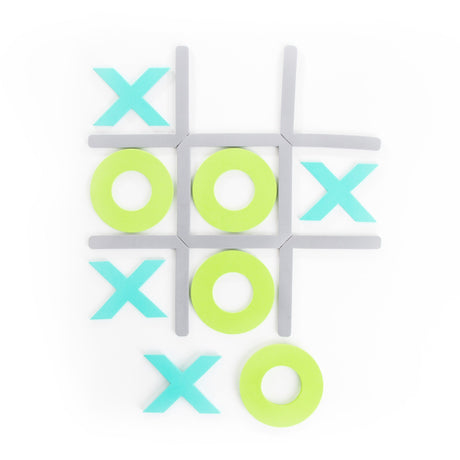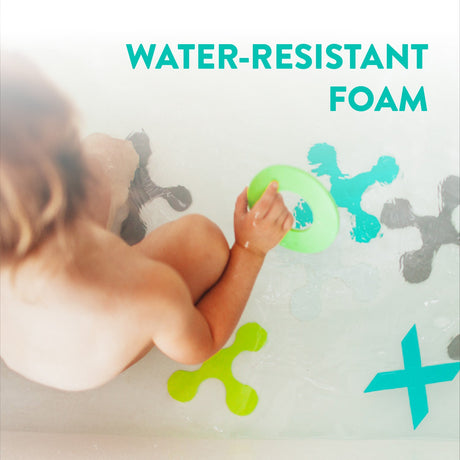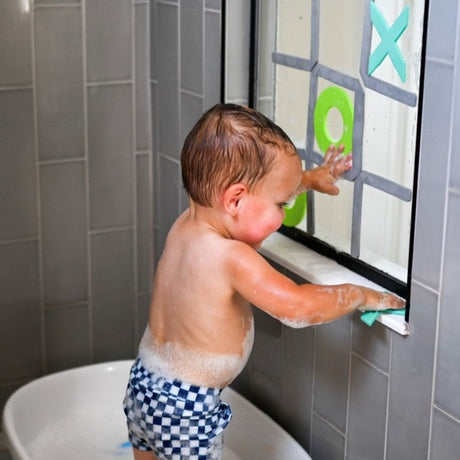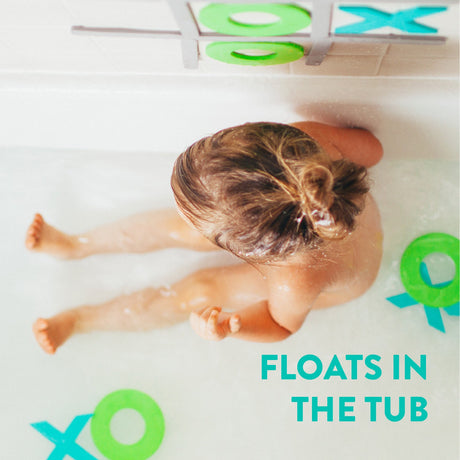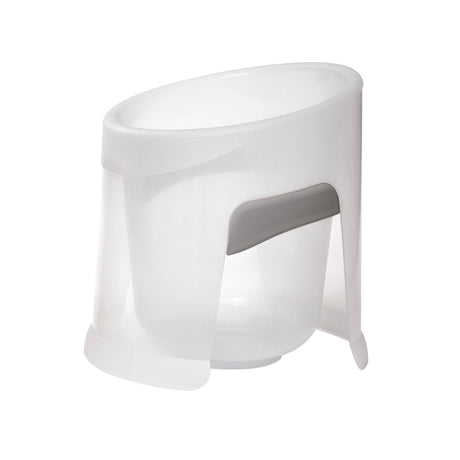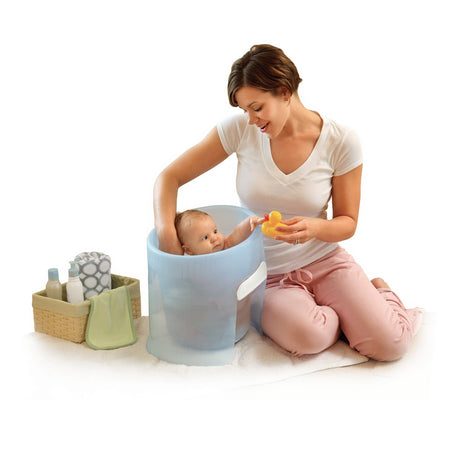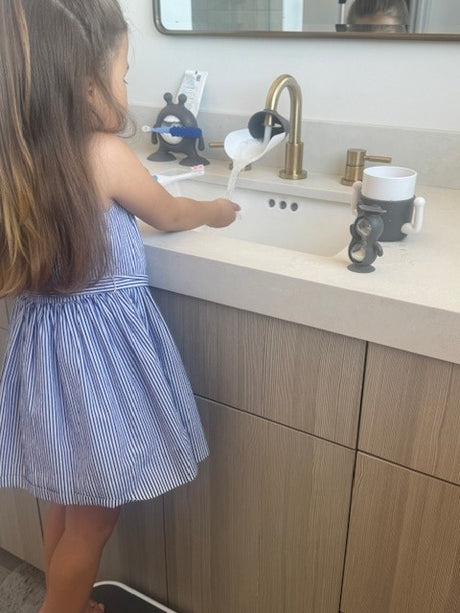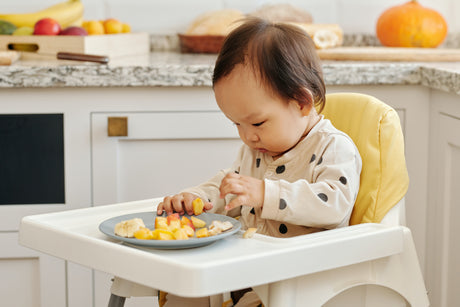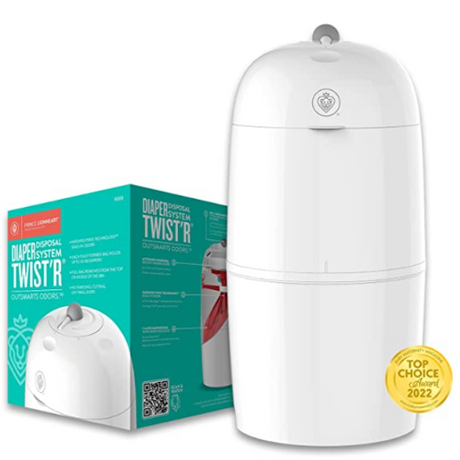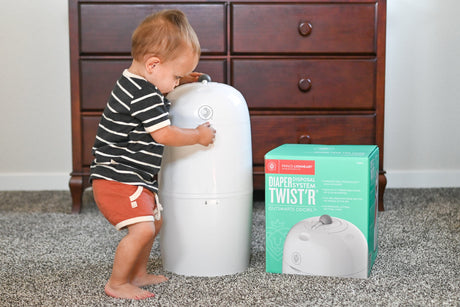Choosing the right materials for baby furniture can be a daunting task for new parents. With safety, durability, and comfort in mind, it’s essential to understand the pros and cons of each option. Let’s explore some materials commonly used in baby furniture and help you make an informed decision.
Why Wood is a Popular Choice
Wood is cherished for its sturdiness and timeless appeal. It offers a classic look that can complement any nursery décor. Hardwoods like oak and maple are particularly popular due to their durability. However, ensure the wood is finished with non-toxic paints and sealants to keep your baby safe.
Another compelling reason to opt for wood baby furniture is its eco-friendliness when sourced sustainably. Choosing certified wood furniture ensures that the materials used are harvested with minimal impact on the environment. Plus, wooden pieces often have fewer chemical emissions compared to composite materials. This makes them a healthier option for a nursery, where air quality is paramount.
If you are considering natural wood, bear in mind that it might come with a higher price tag. Nevertheless, its longevity often offsets the initial cost, making it a worthwhile investment. Additionally, opting for unfinished or non-toxic wood furniture allows you to personalize the nursery with customized finishes that align with your aesthetic preferences.
The Benefits of Metal Baby Furniture
Metal furniture is known for its strength and durability, making it a practical choice for cribs and changing tables. It’s less susceptible to wear and tear and can withstand rigorous use over time. Ensure metal pieces are free from sharp edges and have a stable construction.
For parents seeking modern and minimalistic designs, metal baby furniture offers sleek aesthetics that are both functional and stylish. Apart from its contemporary appeal, metal’s non-flammable nature adds a layer of safety. However, it’s crucial to check for lead-free coatings to avoid potential health hazards.
Metal can be a more affordable option compared to solid wood, offering budget-conscious parents the chance to secure sturdy and long-lasting items without breaking the bank. Its resilient nature means it can easily be repurposed or handed down, adding value to your investment. Just ensure the items have a robust, kid-safe finish to prevent rust or the splitting of fragile parts.
Exploring Eco-Friendly Plastic Options
Modern eco-friendly plastics are lightweight and versatile, a great option for baby furniture like high chairs and playpens. These materials are often easy to clean, which is ideal for busy parents. Look for plastics that are BPA-free and meet safety standards to ensure they’re safe for your child.
Eco-friendly plastics used in baby furniture are often engineered to provide high resistance to stains and fading, making them easy-care options. Many manufacturers are prioritizing sustainable production methods, thereby reducing the carbon footprint associated with plastic manufacturing.
While eco-friendly plastic furniture can offer tremendous practicality, it’s vital to be vigilant about the recycling aspects and end-of-life disposal of these products. Choosing brands committed to environmental responsibility can ensure that their products won’t end up as long-term pollutants in landfills.
The Advantages of Using Bamboo
Bamboo is an increasingly popular material due to its sustainability and strength. It’s naturally hypoallergenic and resistant to insects, making it a suitable choice for various baby furniture items. Bamboo is also lightweight, which makes rearranging or moving furniture easier.
The fast-growing nature of bamboo ensures that it replenishes rapidly, making it one of the most eco-conscious choices for furniture materials. Furniture made from bamboo not only benefits the environment by reducing deforestation but also often contains fewer chemical processes in its production.
Still, it’s essential to verify the sourcing of bamboo furniture to avoid contributing to the destruction of habitats. Look for certifications that assure ethical and sustainable harvesting practices, ensuring the piece aligns with your environmental values while offering exceptional durability.
Understanding Fabric Choices for Upholstery
When it comes to cushioned chairs or rockers, fabric selection is crucial. Organic cotton and linen are preferred for their softness and breathability. These natural fabrics reduce the risk of irritation on your baby’s sensitive skin. Consider removable and washable covers for added convenience.
Organic fabrics have the advantage of being produced without the use of harmful pesticides, making them an excellent option for parents interested in reducing their environmental impact. The added comfort of breathable fibers also makes them ideal for long periods of use.
In addition to organic materials, consider fabrics treated with flame-retardant coatings for an extra safety precaution in your nursery. While these treatments might seem trivial, they can play a crucial role in reducing the risk of fire hazards, keeping safety at the forefront of your choice.
Making the Best Choice for Your Little One
When it comes to selecting materials for baby furniture, prioritize safety and comfort without compromising on style and durability. Whether you prefer natural options like wood and cotton or modern materials like engineered wood and eco-friendly plastics, thoughtful consideration will ensure your baby enjoys a safe and cozy environment.

